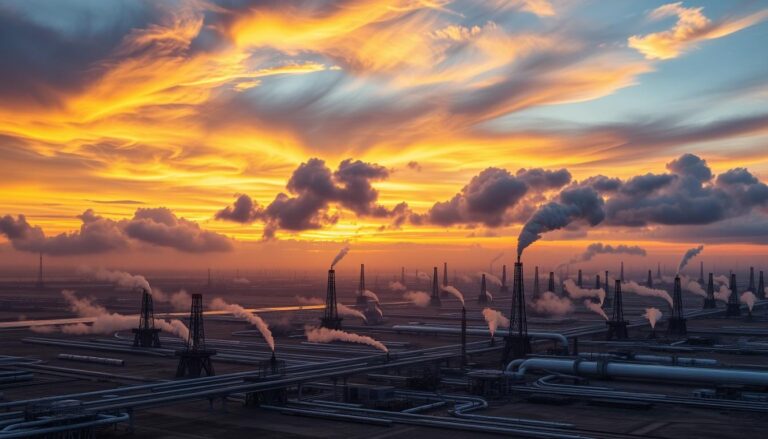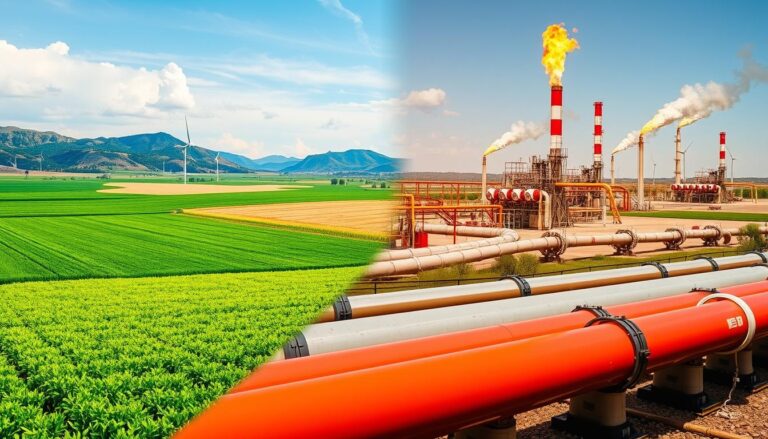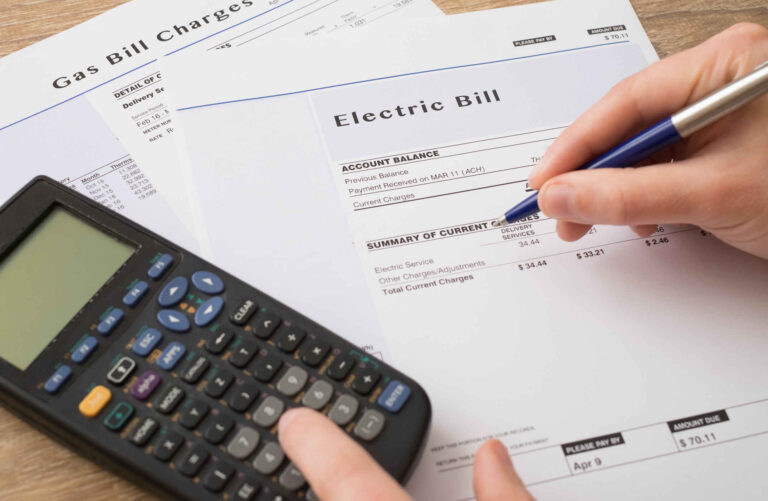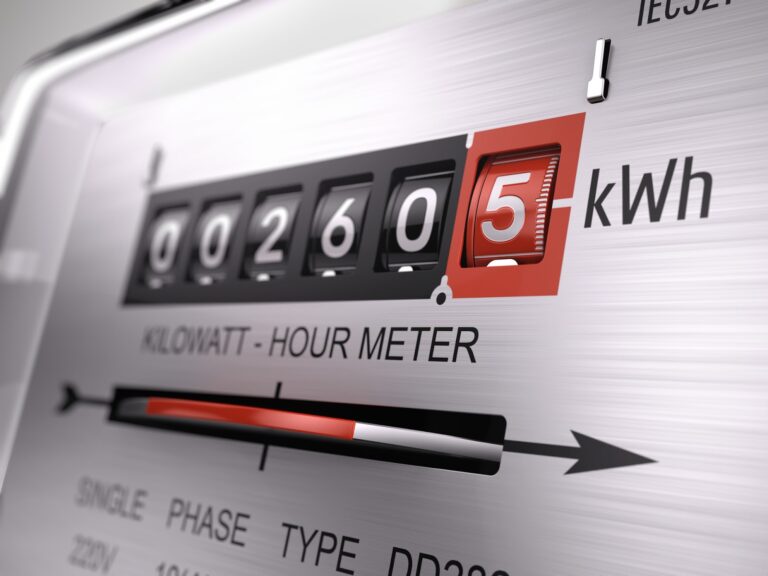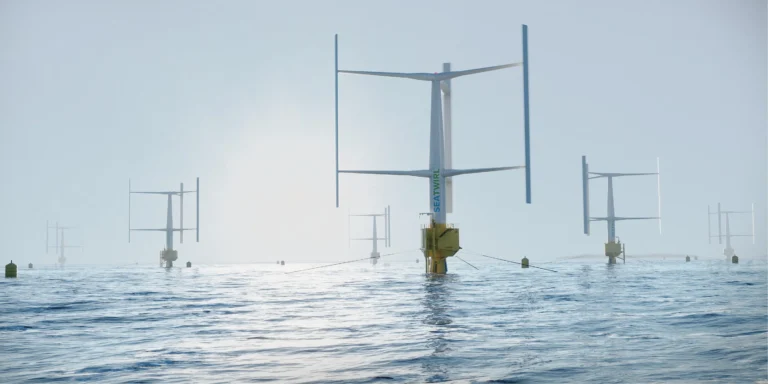What Is Biocapacity and Why It’s Crucial for Our Future?
Environmental sustainability faces immense pressure in today’s world. Resources are consumed faster than ecosystems can regenerate, and the consequences are becoming harder to ignore. Biocapacity represents Earth’s ecological budget, a limit to what can be provided sustainably in terms of food, fiber, timber, and carbon absorption. Crossing that budget leads to long-term instability. Acknowledging biocapacity … Read more


